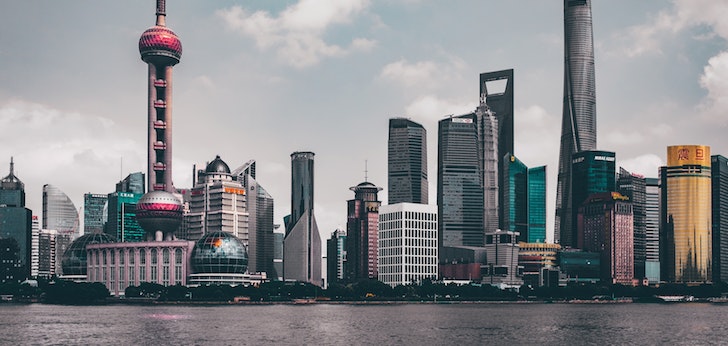Shanghai calling: luxury groups looks for a lifeline in China once again
It saved the sector during the financial crisis, when China was a rapidly expanding country, and it does so now thanks to its rapid management of the pandemic.

Luxury turns to China, again. The country was the lifeline of the sector in the financial crisis of 2007, when it was an expanding country and with a middle class eager for luxury that was increasing as the Western economies languished. Now, China is no longer growing at the rates it was then and for the first time it is not making forecasts for 2020, but it is once again emerging as the lifeguard of the sector thanks to its rapid management of the pandemic.
The coronavirus broke out in China in January, shutting down factories and stores. But already in March, just when the coronavirus was stopping all activities in Europe and the United States, China reopened and by June the evolution was, in the words of all the giants in the sector, “encouraging.”
This recovery, at least in comparison with the situation in Europe and the United States, has given a hint of optimism to the sector, which after the financial crisis is highly dependent on the Chinese market. In fact, Bain consultancy firm has described the 2010-2014 period as the “Chinese bulimia,” due to the over-expansion that most companies carried out in the country.
The giants of luxury describe the evolution in China as “encouraging”
The most exposed are the European giants, which generate around a quarter of their sales in Asia Pacific, excluding Japan. In the case of American premium and high-end fashion companies, the share of the market is around 15%.
Last year, the luxury conglomerate LVMH had a revenue of 16,189 million euros in Asia Pacific, excluding Japan, equivalent to 31% of the total. The company has 1,453 points of sale and 38,109 employees in the market.
In 2019, Kering sales in China grew 26%, and 20% in the rest of Asia Pacific. The second largest luxury group, owner of Gucci, Balenciaga or Saint Laurent, generates 34% of its sales in the market.
Richemont’s exposure to Asia Pacific, excluding Japan, is also one of the highest among luxury companies. The owner of Cartier or Montblanc generates 35% of his business in the market, with sales of 4,992 million euros in 2019.
The sector expanded in China during the Great Recession, in what Bain called the "Chinese bulimia"
For Hermès, Asia Pacific has been an important driver of growth in recent years, where turnover grew 20% in the last year, to 3,454 million euros. In total, the region accounts for 38% of the company’s sales, while Japan accounts for 13%.
Chanel concentrates 44.2% of its sales in Asia Pacific, with a turnover of 5,426 million euros in 2019. In the last year, the company's sales in the territory recorded a growth of 14.7%.


info@themds.com
Validation policy for comments:
MDS does not perform prior verification for the publication of comments. However, to prevent anonymous comments from affecting the rights of third parties without the ability to reply, all comments require a valid email address, which won’t be visible or shared.
Enter your name and email address to be able to comment on this news: once you click on the link you will find within your verification email, your comment will be published.